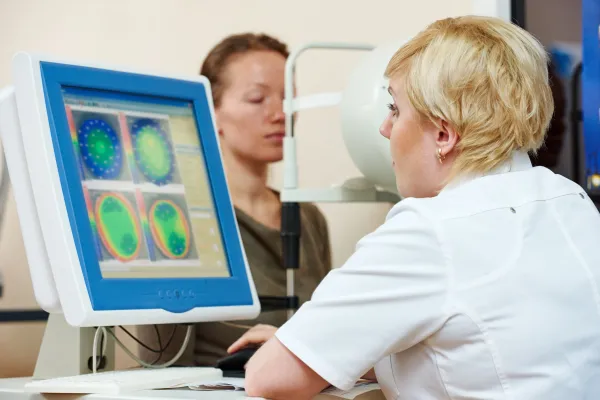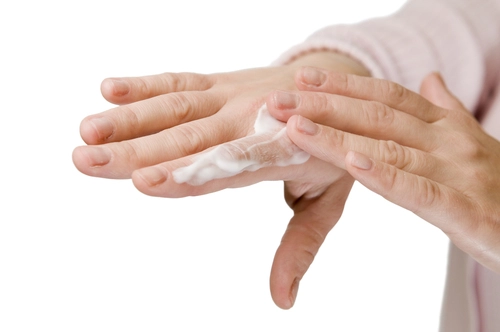Internal Medicine Coding Alert
Take Note of Latest CCI Edits Affecting Internal Medicine Services

New CCI edits bundle IV infusions with almost every service or procedure.
If you have had a chance to browse through the latest version of Correct Coding Initiative (CCI) edits that came into effect on April 1, you would probably have seen that there are edit pairs that involve several codes that you use in internal medicine practice.
Tip: There are so many edits in place, it will be easier for you to learn and implement the exceptions rather than the applicable edits themselves.
Pay Attention to These Edits Involving IV Infusion Procedures
Almost every code that you will use in internal medicine is included in CCI 22.1 edits. According to these edits, most internal medicine procedure codes are considered a Column 1 code with each of these IV infusion procedures:
Since the procedure codes that you use in internal medicine are in Column 1, you should only report the procedural code if performed during the same encounter as one of the four IV infusion codes mentioned above.
In almost all cases, there were already CCI edits bundling the corresponding base code into the procedure codes in Column 1. For instance, CCI already had a series of edits with 96360 (Intravenous infusion, hydration; initial, 31 minutes to 1 hour) as the Column 2 code for the common procedures in Column 1. CCI 22.1 simply extends those edits to +96361, which is an add-on to 96360.
Modifier indicator: Each of these above mentioned edit pairs carries a modifier indicator of “1,” meaning that you might be able to report both codes in an edit pair if you have sufficient documentation to support separate coding. If so, you should append a modifier (such as 59, Distinct procedural service) to the Column 2 code.
Watch Out for Edits Involving RCM Procedures
If your clinician is using reflectance confocal microscopy (RCM) to detect lesions or scar formation, take note: The latest set of Correct Coding Initiative (CCI) edits have bundled those procedures into 25 other integumentary procedures.
The latest set of coding edits, version 22.1, became effective April 1, 2016.
The RCM codes affected, all of which were introduced in CPT® 2016, are:
Background: Reflectance confocal microscopy involves focusing near–infrared light on the skin to detect any abnormal lesions or scar formation. The light source connects to a computer that displays the image of the tissue under examination. You will have to use these codes when your clinician interprets the result and reports the findings for each skin lesion, area of diseased or damaged tissue.
You will find that the RCM codes have all been bundled as Column 2/Component codes into CPT® 11100 (Biopsy of skin, subcutaneous tissue and/or mucous membrane [including simple closure], unless otherwise listed; single lesion), as well as all of the codes in the “Excision – benign lesions procedures on the skin” (11400-11471) series.
These bundles are all marked with modifier indicator “1,” which allows you to report the two codes in the bundle separately with an appropriate modifier (e.g., modifier 59) under appropriate clinical circumstances.
Example: The patient presents with three suspicious lesions: one on the upper right arm, one on the left upper back, and one on the nose. Your clinician made the decision to biopsy the lesion on the left upper back and monitors the remaining two lesions for changes by using RCM. You would code the biopsy on the back with CPT® code 11100, the RCM on the arm with 96931-59, and the RCM on the nose with 96934-59, says Pamela Biffle, CPC, CPC-P, CPC-I, CPCO, owner of PB Healthcare Consulting and Education Inc. in Austin, Texas.
Dig deeper: For the complete list of CCI edits, visit www.cms.hhs.gov/NationalCorrectCodInitEd.
Related Articles
Internal Medicine Coding Alert
- ICD-10 Update:
Start Preparing For ICD-10 Code Changes in October 2016
Wait for final code set to release in June If you are aware, the Centers [...] - CCI 22.1 Update:
Take Note of Latest CCI Edits Affecting Internal Medicine Services
New CCI edits bundle IV infusions with almost every service or procedure. If you have [...] - HIPAA:
Report: Practices Are Unprepared for Upcoming HIPAA Audits
No privacy officer? Then you aren’t HIPAA compliant. As Part B practices nationwide prepare for [...] - You Be the Coder:
Check Documentation Of Diagnosis For Reporting Cervical Vaccine
Question: Our internal medicine specialist recently administered Gardasil injection for a female patient. What diagnosis code [...] - Reader Question:
Don't Take Medical Record Amendments Lightly
Question: One of our physicians made mistakes on several charts and printed out new documentation to [...] - Reader Question:
Measurement Of Lesion Diameter Important For Shaves and Excisions
Question: When our internal medicine physician performs shaving or excision of a lesion, should we take [...] - Reader Question:
Explain the EOB's Purpose To Patients
Question: We often get patients who call the practice with questions about their explanations of benefits [...]




